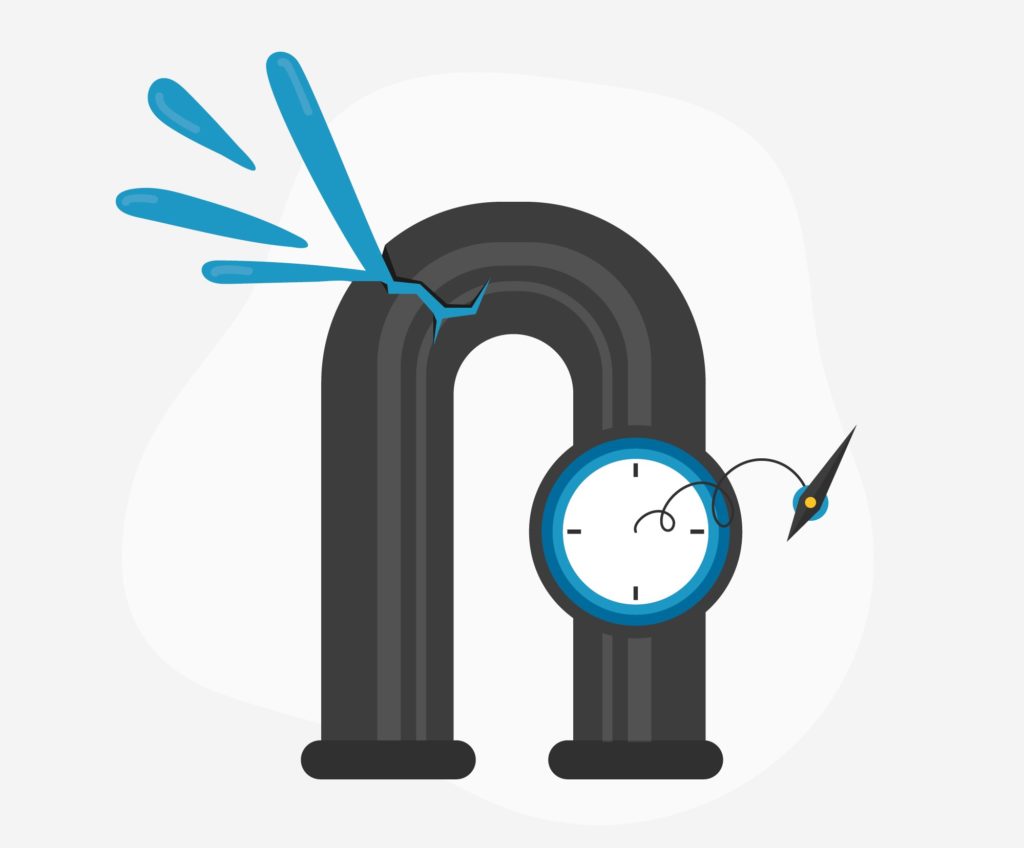Damage prevention and excavation safety are considerations that impact all utilities on the delivery, quality of service, and resilience of infrastructure.
Utility strikes have consistently peaked in the month of July since 2013, with the July to September quarter representing the highest number of reported incidents each year. This increase is usually anticipated due to longer working days with increased daylight, mixed teams to maximise delivery, reduced capacity to enable holidays, and the warmer weather or rushing to complete.
In 2019, the highest volume of strikes overall was in low voltage electricity cables (<1000V), which can be more difficult to locate, but also more dangerous compared with high voltage cables due to them being less likely to trip off. However, along with an increased network rollout, there was a recognisable spike in strikes to the telecoms networks, with copper in the footpath being five times more likely to suffer a strike than fibre and representing the highest single combination of strike likelihood by location. The shallow depth of these assets and recent case studies reinforces concerns that we will see a continued increase in rapid deployment of assets without proper mitigation of future strikes. Water assets, often PE pipes and service connections, also saw a marked increase from previous years.
Safety concerns
Following the first lockdown in 2020, underground powerline strikes spiked 20% from July to September, with 475 incidents, compared with the same time in 2019. This represents a 46% increase on the previous quarter that year. While the cause of this upsurge is unclear, it’s assumed that a rise in utility and roadworks coupled with staggered furlough returns contributed to basic safety procedures being neglected.
Since 2015, there has been around 70 incidents a year reported where an individual was seriously injured from striking an underground electricity cable. Despite this threat to life, the Energy Networks Association revealed that 31% of tradespeople do not always check for underground electricity cables before beginning work because they do not anticipate an issue.
The Utility Strike Avoidance Group found that inadequate assessment of works and associated risks has been the highest cause of strikes from the planning phase since 2017. Failing to follow procedure was the most common cause of strikes during execution, but insufficient survey practices also rank highly.
This decade will see a significant increase in utility network construction and upgrade to deliver a net zero energy system through the decarbonisation of heat, rollout of full fibre, and electrification. These works will require new ground to be broken, but a larger amount of utility assets to be retrofitted up to the point of use for the consumer. It is vital that consumers are safeguarded against the impact of utility strikes, but it’s fundamental that the skilled operational teams who are delivering the future energy system are protected from injury.
Industry costs
Based on previous reports, the average value of each strike is estimated as £3,600, making the total direct costs from utility strikes in 2019 around £9.3 million. However, the true cost of strikes includes a number of indirect delivery, social, and personnel costs, making the estimated true cost of each utility strike over £100,000 – almost 30 times higher than the direct costs alone.
While a number of industry recommendations have been made to help curb the rate of strikes every year and reduce the peak over summer, a key responsibility lies with asset owners to improve the quality and accuracy of asset data and ensure this is easily accessible to those undertaking works on utility networks. This is particularly required in the telecoms and water industries where strikes have increased and will continue to increase against aggressive deployment rates. Investors need to balance speed of deployment against quality of deployment; placing too much pressure on one could have significant impacts on operation of the asset and continuity of service to customers.
How do we balance safety and continuity of service against the demands of rapid asset deployment timescales?

